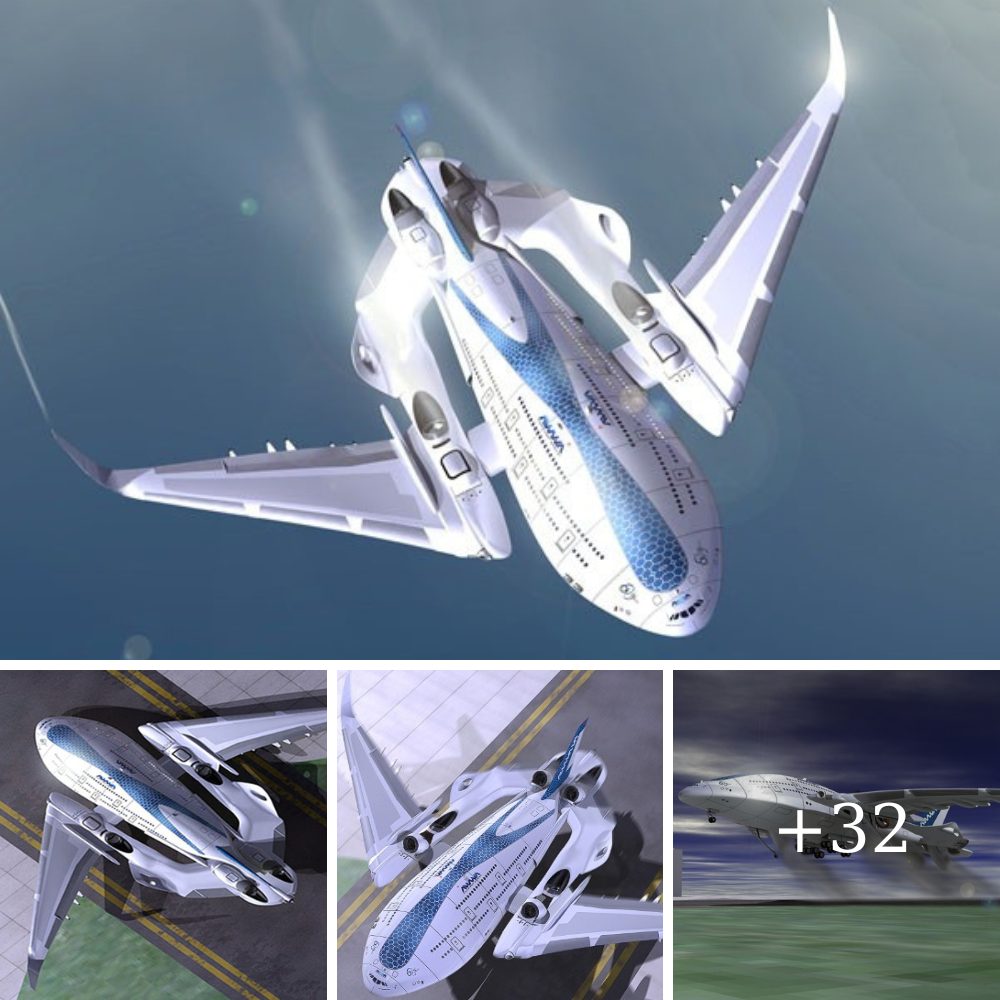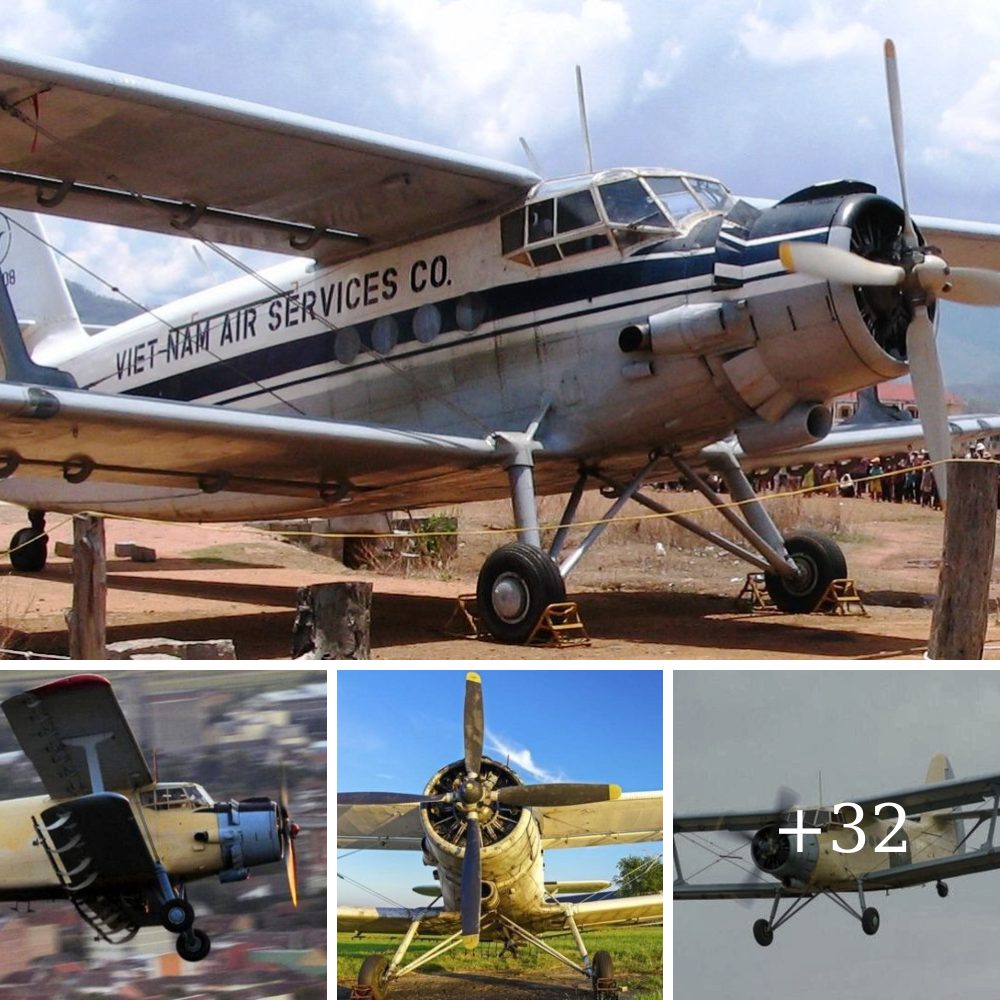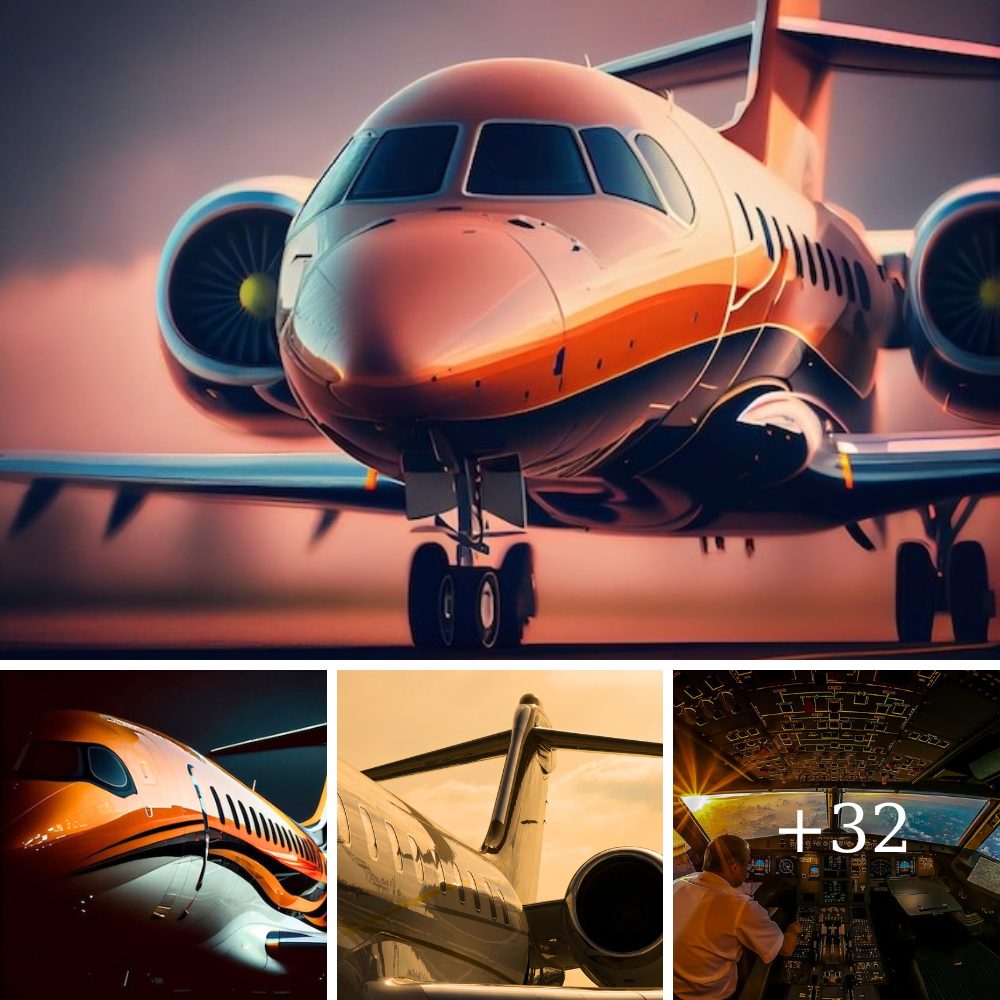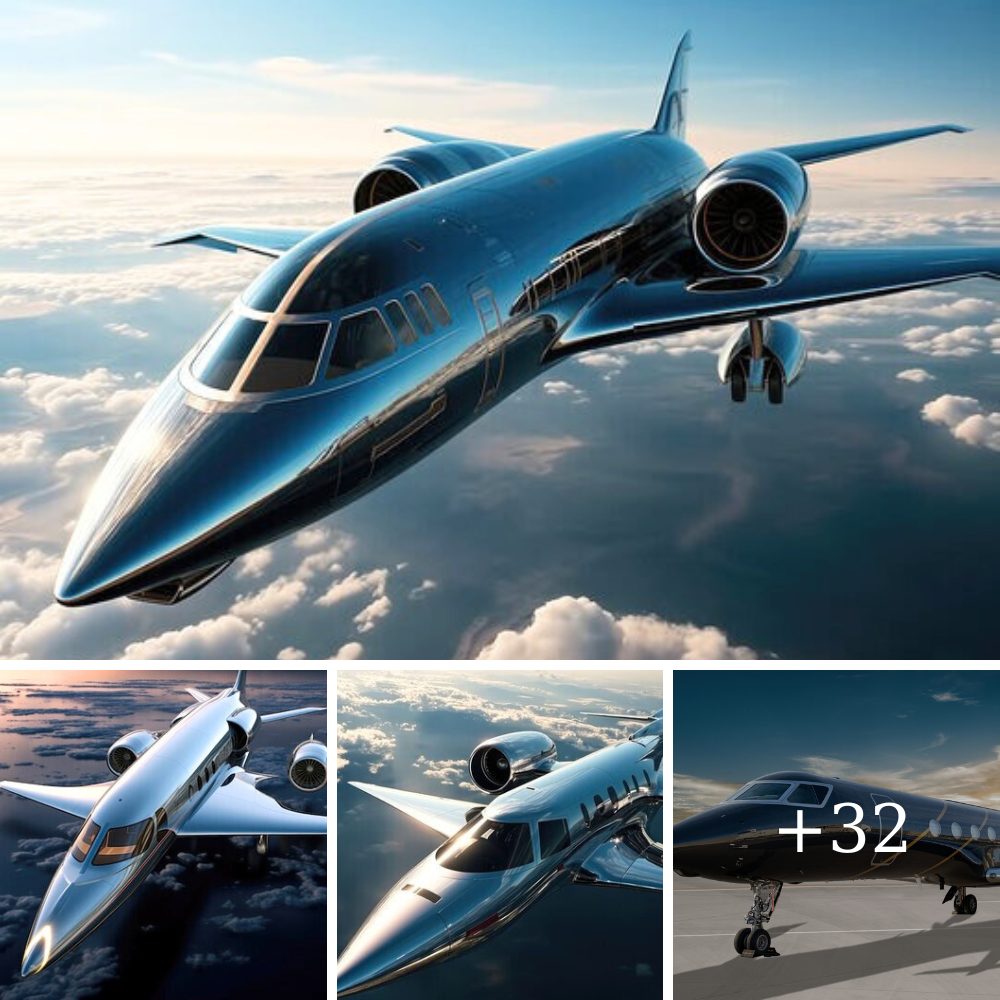Bristol-based company Aeralis has unveiled a remarkable modular jet concept it says can handle an enormous range of different capabilities, from two-seat transonic advanced jet trainers to long-range ISR aircraft – delivering huge savings on maintenance.

It’s based on a “Common Core Fuselage” (CCF) with integrated modular avionics, into which a dizzying array of modular, interchangeable parts can be fitted. That starts at the cockpit, where you can slot in a two-seat tandem setup, a single-seat cockpit with extra fuel storage or electronic warfare equipment in the space behind it, or no seats at all, for a completely unmanned aerial system.
It continues back to the wings; the inner wing is common to all variants, but the outer wing could be a long, thin fella designed for high-lift, long-endurance flight more tailored toward ISR (intelligence, surveillance, reconnaissance) missions, or a stealth wing, or a swept-back low-drag job designed for high transonic speeds, or an advanced subsonic wing designed for pulling high gs as an advanced jet trainer.

Even the engines will be interchangeable – swappable engine pods will be compatible with a range of different single engines, twin engines and large engines, using a series of adapter plates.
So it’s not just modular in terms of manufacturing; the jets can be reconfigured as necessary. That’ll be huge for commercial operations handling contract-based training for various military groups; they can send the jets out to act as trainers for Typhoon pilots for a few years, then bring them back in, swap some modules over, and send them back out maybe a week or two later as trainers for F-35 Lightning pilots. And the operational flexibility for military commanders is obvious.
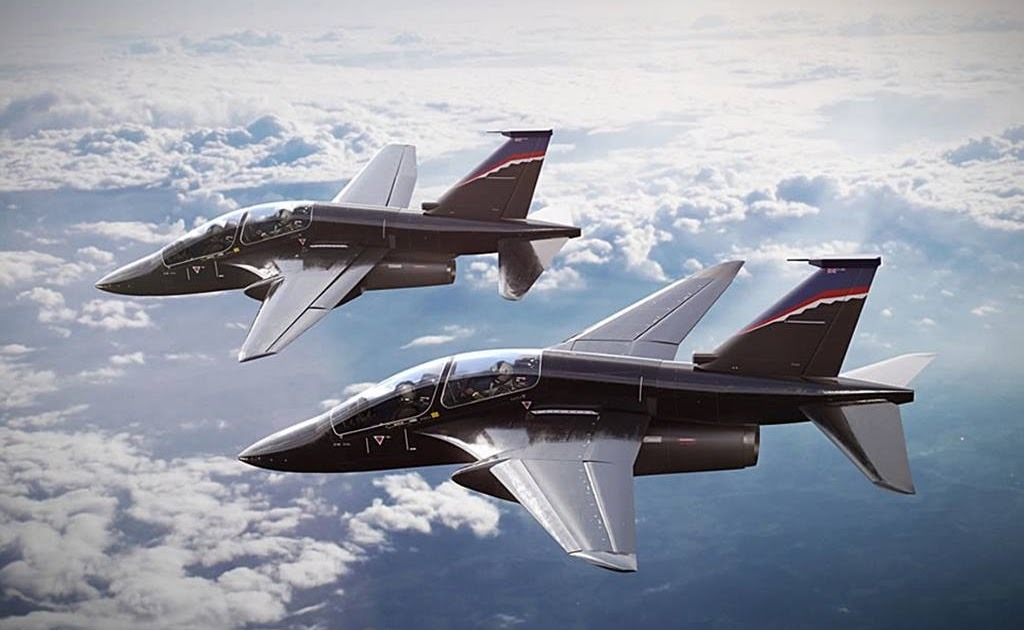
The interchangeability concept extends as far as the pilots themselves; Aeralis has designed its modular cockpits to accommodate nearly the entire range of American JPATS standard pilot sizes.
“It goes from basically gorillas down to really petite female frames,” says Curtis, “and it’s quite difficult to achieve a cockpit that can handle that whole range. The really big guy, you’ve got to make sure that when he ejects, you don’t kneecap him with any of the wide area display screens. But then, the small-framed person can’t have a problem reaching the display or controls. Getting a cockpit that can serve all those body types and still be safe for ejecting is pretty tricky. At the moment, our cockpit fits JPATS 1-6, and we’re working hard to achieve number 7, which is an even smaller frame.”

The company plans to build and test the aircraft first in the UK. And it’s already broached the potentially thorny issue of certification, which will pose some interesting problems for regulators.
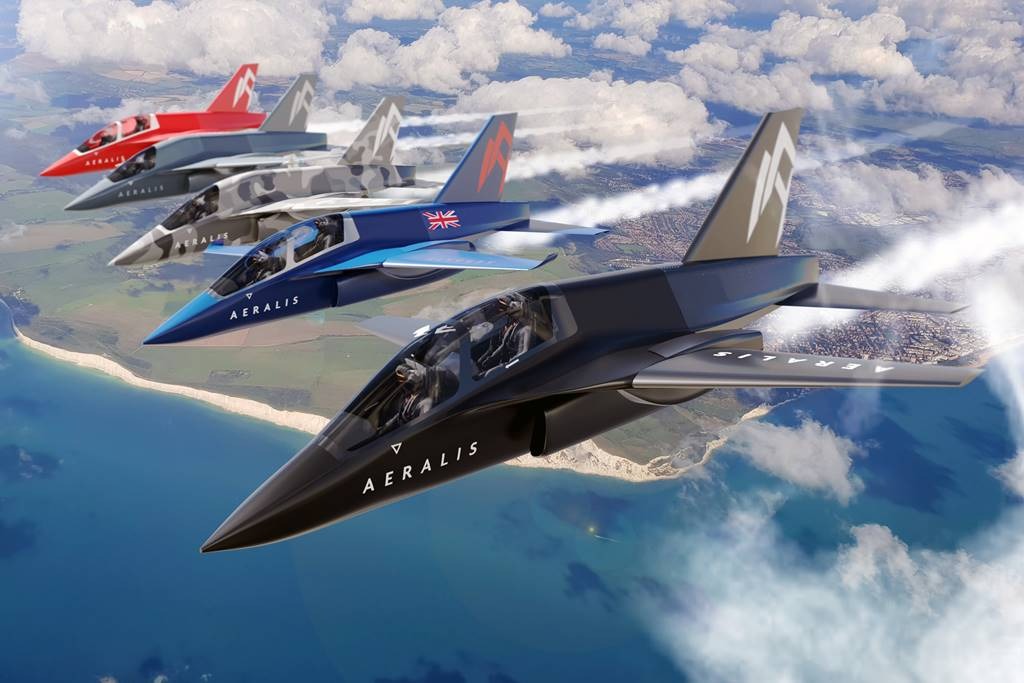
“Interestingly,” says Curtis, “neither the MAA (Military Aviation Authority) or CAA (Civil Aviation Authority) feel comfortable and confident that they can do it on their own, but they’re really up for doing it together. We’ve had a lot of discussions.”


